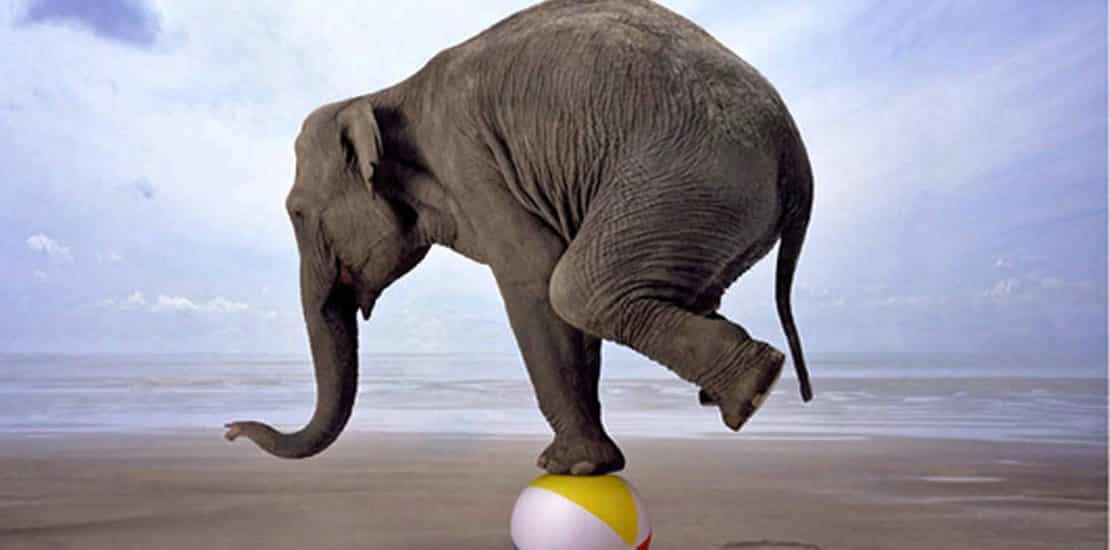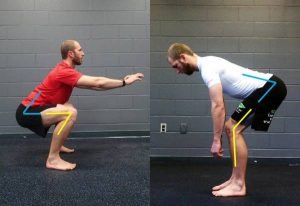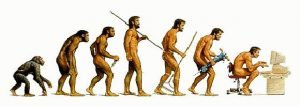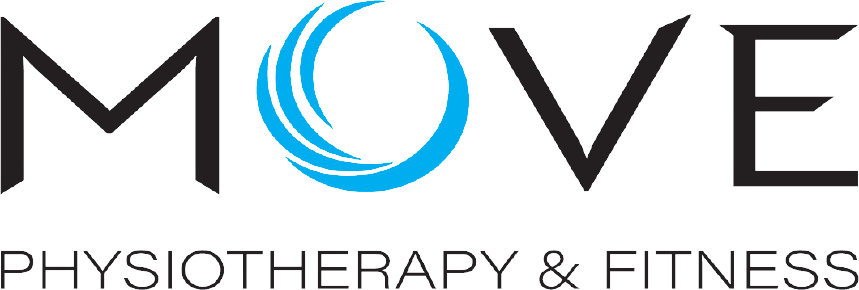- October 2, 2020
- Posted by: Daniel Ryan
- Categories: Exercise, exercise rehab, Gym Training, Headaches, Healthy Eating, Knee Injuries, Low Back Pain, Move Physiotherapy, Neck Pain, Running injuries, Shoulder Pain

What is the biggest cause of musculoskeletal pain and injury?
It sounds like a loaded and complicated question – but it really isn’t. The majority of non-traumatic injuries can be placed down to one factor: a lack of MOVEMENT VARIETY. Let’s take a look at the following examples:
- The burning and painful mid-back region: This pain is often experienced by your ‘slouchers’ and desk workers. There is also a huge jump in client numbers as students begin studying for their exams and stay hunched over a book or laptop for hours on end. As people stay for a prolonged time in a flexed and rounded position, the muscles in the midback become over lengthened and stretched for an extended period of time until they burn and cause discomfort.
- The osteoarthritic hip and knee: Do you know how joints receive their nutrients and lubrication? It is through a substance called your synovial fluid – it’s the bodies natural lubricant. If we stop moving – this synovial fluid doesn’t get distributed around to all the parts of the joint. This is why an arthritic knee feels MORE achy after a period of inactivity – such as prolonged sitting or lying down.
- Shoulder pain – Anecdotally, if I had to characterise most instances of shoulder pain – they are experienced by desk workers, who again, spend most of the time in a hunched and rounded position (research will state that a rounded upper back posture decreases your subacromial space – which can cause tendon and bursal related issues in the shoulders). These people might enjoy doing exercise – but they go home and do push-ups and pull-ups (your pecs and your lats will further round your shoulders), and many lose the ability to successfully retract and squeeze their shoulder blades. As such, many are not getting consistent MOVEMENT VARIETY.
Infact, a lot of physiotherapy is simply working out what movement patterns are being neglected. From there, we ascertain whether there is a faulty movement pattern – ie. can people ACTUALLY do that movement if we ask them to? And then we restore strength to these neglected movement patterns.
Squat v Hinge
This is a massive, massive one.
Our posterior chain (all the muscles at the back of the body) is hugely neglected in modern society.

Left: Squat (Quad and Knee Dominant). Right: Hinge (Hip and Glute Dominant).
We squat almost constantly – every time we sit and stand from a chair. Every time we go to lift a box according to the little diagram on the side. We are SQUATTING constantly. Conversely, people avoid hinging. People worry about deadlift movements in the gym. After an episode of lower back pain – many simply avoid this movement out of fear of further back pain.
Squatting is a quad and knee dominant movement pattern –
If we are constantly performing this movement, and neglecting our hinge pattern – we see a host of injuries – tight quads resulting in knee pain, it pulls us into a hyper-loordosis (or anterior pelvic tilt) which can overload our lower back muscles – which has flow on effects and disengages our midback muscles. In a forward pelvic tilt position, we are naturally placing our hamstrings on more stretch – therefore this quad movement dominance can result in hamstring injuries… calf strains… the list goes on.
Now this is not saying that it can go the other way as well – if we hinge constantly, other issues can happen. Currently I am nursing a hamstring tendinopathy because I am demonstrating hinge movements on a daily basis (note, I neglect my squat pattern of movement) – but this is incredibly rare.
Furthermore, people do hinge movements so infrequently – that most people do not know how to… and when we get people to try – they are unable to move through this hips without rounding the back.
Final point – look at your weight lifters on TV. Your hinge pattern should be STRONGER than your squat pattern. If you are someone who is squatting 100kg, and deadlifting 60kg. Fix it!
Push v Pull
How many people:
a) Go into the gym and the first exercise they do is a bench press? Monday is Chest Day, right? Nobody misses chest day? But what about back day? Who goes to the gym on a Wednesday anyway?
b) Don’t go to a gym so they do a home workout plan consisting of pushups and crunches? Do they do any back work?
c) Have pain through their midback so they are afraid to use these muscles due to the risk of further pain?
We are constantly pushing and lifting things in front of the body on a daily basis. This even applies to mums who are newly breastfeeding their infants, or picking up and caring for their young ones. But how often are we balancing this out with similarly strenuous exercise at the back of the body?
We neglect our pull movements. We lack movement variety.
What does this cause? … rounded shoulders, rounded upper backs, burning sensations through our midback, a host of shoulder pains and tendon pathologies, neck pain, headaches, migraines, lower back pain.
Everything in our daily society is in front of the body – I am currently hunched over my laptop as I write this. I can safely assume that most people need to get their midback stronger than what it is.

Our aches and pains are becoming more costly than ever before in human existance – look at the image above – it’s easy to understand why!
Carry
Shoulders up, chest up, pelvis in neutral. Carry.
Do it one sided.
This Is Our Exercise Program
Our best exercise program is one that IDENTIFIES WHERE WE ARE LACKING MOVEMENT VARIETY.
Are we part of the 99% – do we slouch and round throughout the day. Are our first (or only) exercises ones for our chest or biceps – which round and pull things further forward? Do we squat constantly but avoid hinging movements?
Do we only do forwards and backwards movement – but avoid anything lateral/side-to-side — cyclists and runners, I’m looking at you!
This is my passion. If we can identify this and get people moving in an equal and rounded way – we can stop aches and pains from returning. Instead of just focusing on the tightness and addressing this with semi-regular physio or massage appointments, we can actually get the body to stop stressing these areas as much. We can re-balance muscles (thereby distributing the load evenly throughout the body).
Just imagine how good your upper traps and necks are going to feel when it stops doing the work of 4 other muscles that haven’t worked in years and years.
